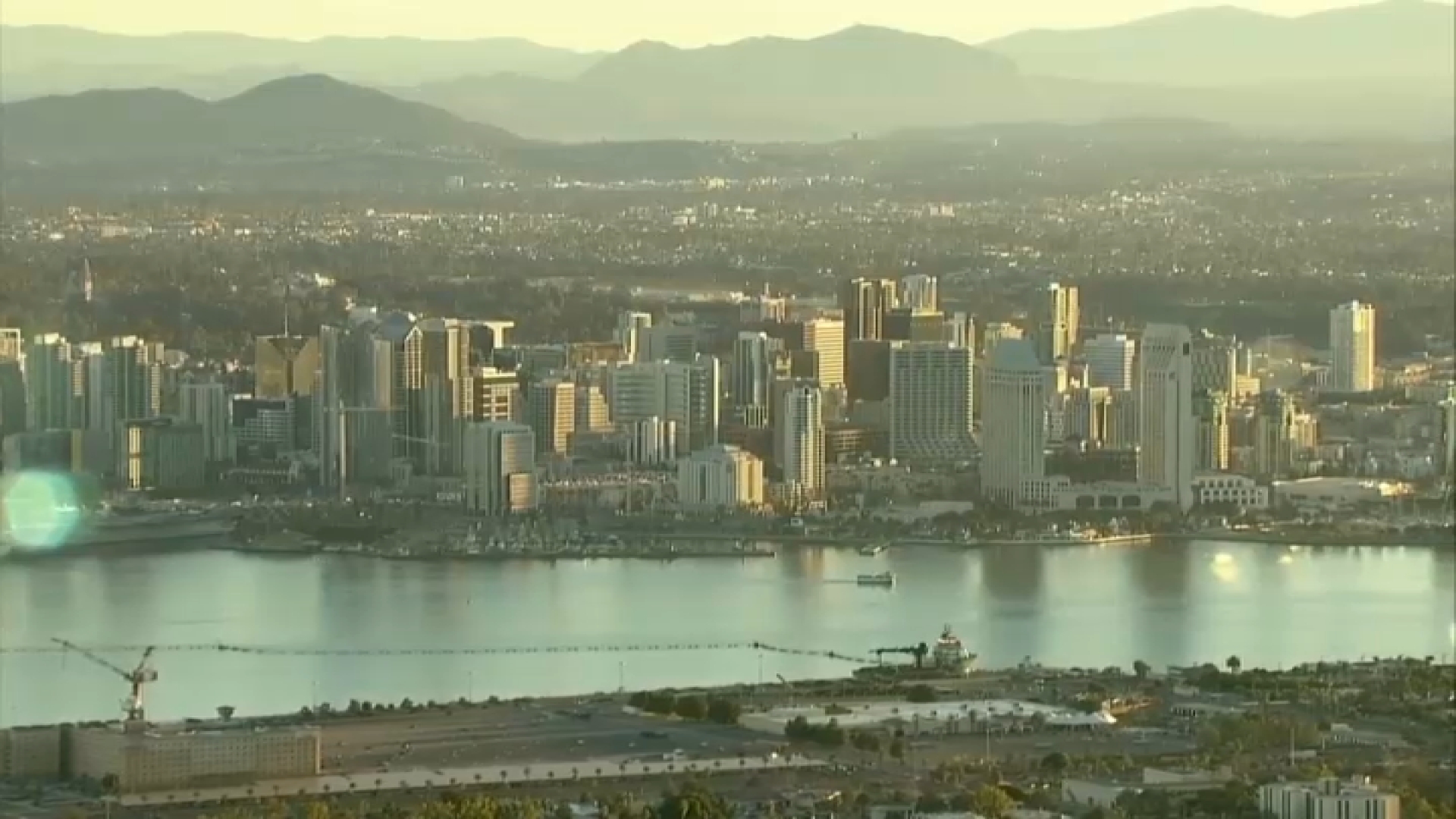It was March 13, 1969 when Apollo 9 landed back on Earth after a successful space mission that would pave the way for lunar exploration.
The San Diego Air & Space Museum in Balboa Park held a ceremony Wednesday celebrating the historical event.
"No doubt the Apollo program has lead us to where we are today with the many commercial fleets in the space challenge," said Jim Kidrick, President and COE of the San Diego Air & Space Museum.
The spacecraft is now housed at the museum for public viewing.
Apollo 9 had three crew members, Commander James McDivitt, Command Module Pilot David Scott, and Lunar Module Pilot Rusty Schweickart. All three were at the museum celebration.
"Apollo 9 and 8 are the only two Apollo missions with all of the astronauts still alive today," added Kidrick.
All three were in attendance for the ceremony in San Diego.
Local
The three men embarked on a 10-day mission in space that produced a series of milestones such as the first spacewalk of the Apollo program, the first manned test flight of the Lunar Module and the first docking of a two manned American spacecraft.
Apollo 11, the first successful Moon landing, would happen in July 1969.
Kidrick said the technology of the Apollo 9 was so advanced, similar models are still used by NASA and SpaceX to this day.
"If you look at the new capsules we use now, they look very much like the Apollo 9," added Kidrick.



